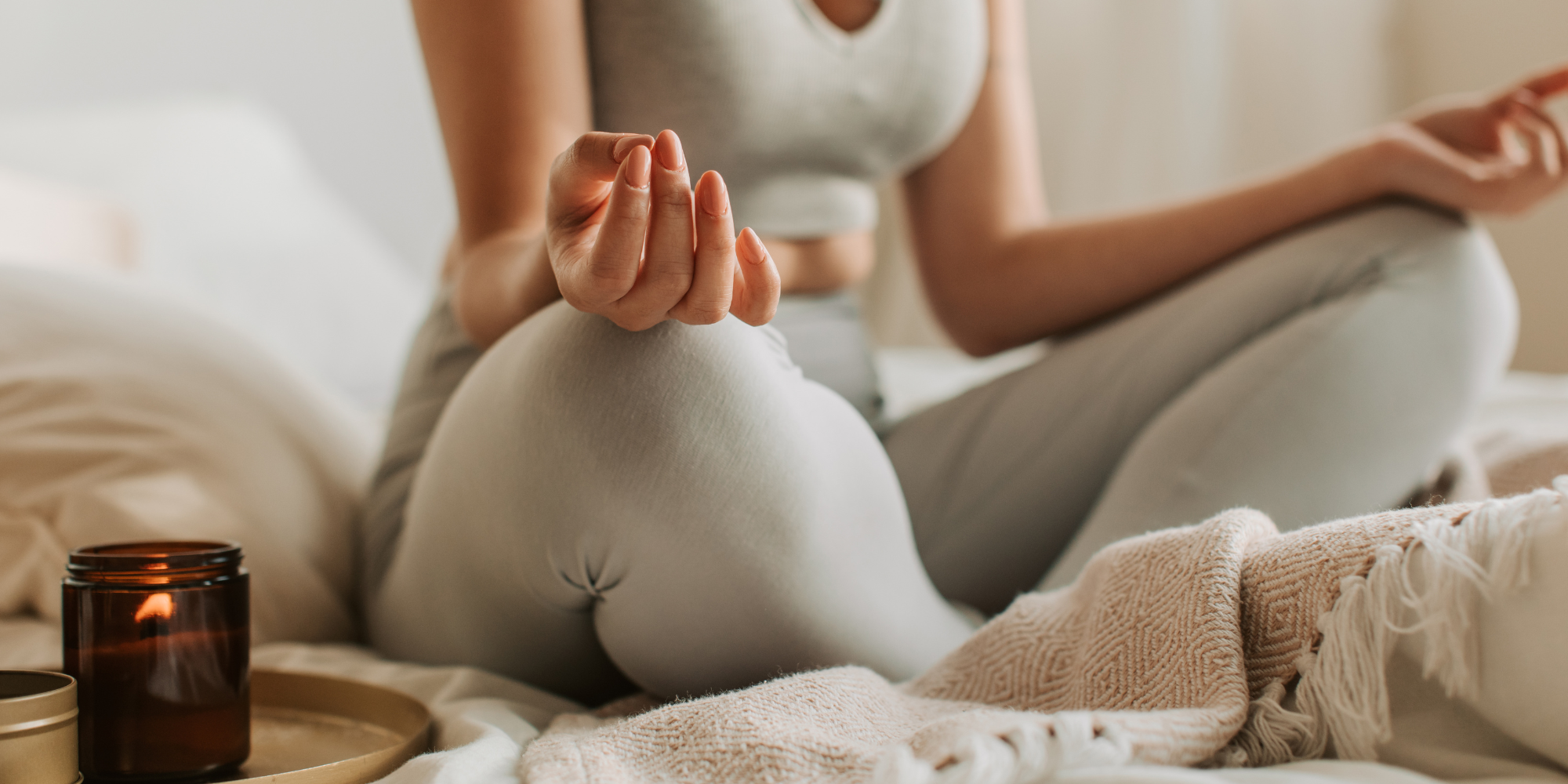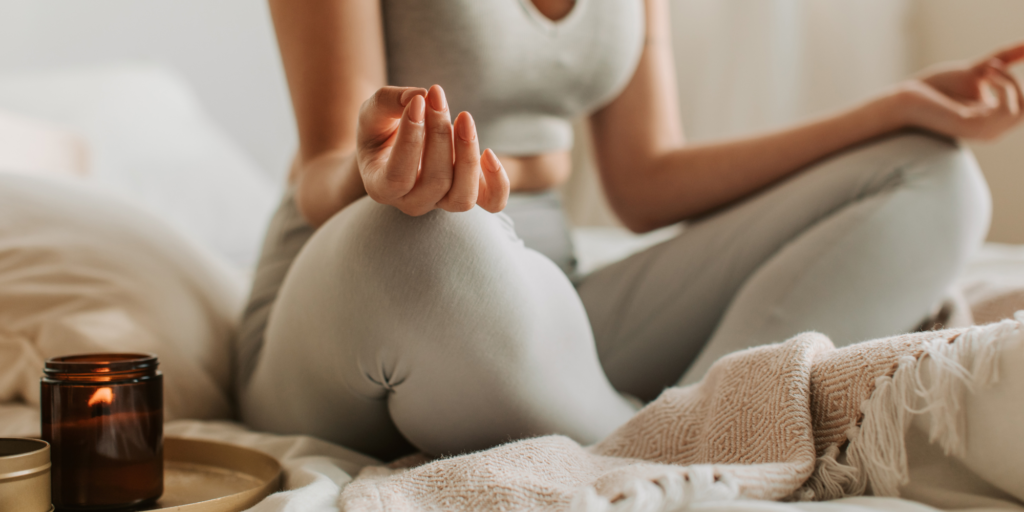Mindful Strategies for Emotional Resilience

Moving Beyond the ‘Fix It’ Mentality to Uncover True Well-being & Emotional Resilience
So often when we reach out for help with our life and our feelings, we are focused on what isn’t working and how we would like to fix it. This is natural. The “fix it” mentality is built into the fabric of our culture and our lives, and painful feelings and experiences do just what they are supposed to do – capture our attention. But what we often overlook is that underneath the desire to “fix” our lives is the desire to be happy and resilient, to feel alive, to connect, and be engaged with others in a meaningful way. While working on what isn’t working in our lives, we very often miss out on noticing what is “not wrong.”
The Rise of Positive Psychology
There has been an increasing focus in modern therapy over the last decade or two on strengths-based and positive psychology approaches to healing, savoring the little pleasures in life, and holistic approaches which take into account the whole person: physically, mentally, and emotionally. While a focus on developing happiness in Western philosophy goes back as far as the teachings of Aristotle, interest in the topic of happiness didn’t develop in Western psychology until the 1980s. Prior to this time, there was generally an intense focus on negative emotions and mental illness in the field of psychology.
Integrating Mindfulness, Positive Psychology and Resilience in Modern Mental Health Practices
Interest in positive psychology took a leap forward when Buddhism was introduced to the West, with a focus on mindfulness and developing positive mind states. As mindfulness-informed approaches have been gradually introduced into the field of psychology treatment and research, the concept has exploded with new interventions based in mindfulness, many of them as focused on generating wellbeing, warm feelings, and wisdom as on treating pathology. Many of these psychologists have studied with meditation and mindfulness masters, such as Jon Kabat-Zinn (Mindfulness Based Stress Reduction), Marsha Linehan (who developed DBT for emotion regulation), Kristin Neff and Chris Germer (Mindful Self-Compassion), and Rick Hanson (who teaches focuses on generating wellbeing and resilience). These psychologists have discovered that by creating a foundation of directing attention, appropriate self-care, self-compassion, and learning to “water the seeds of joy,” it is much easier to handle the stress of life and the inevitable challenges that confront each of us.
How can we develop emotional resilience?
Mindfulness-informed psychologists have developed many ways to build resilience, happiness, and wellbeing.
Start the day with a positive intention. Creating a strong, positive intention at the beginning of the day can create a container for the ups and downs that a typical day can bring most of us. We can take time before we rise to set an intention that is in keeping with our values. Another approach is to start the day with self-compassion. Compassion Focused Therapist and researcher Paul Gilbert created a process he whimsically calls “compassion under the duvet” to cultivate your “compassionate self” upon waking in the morning and before rising from your bed.
“Compassion under the Duvet”- Four Simple Steps:
- Take a few moments to simply breathe. Breathe slowly and easily, choosing a pace that is comfortable for you, such as breathing in for a count of 3-4 and breathing out for a count of 3-4.
- Welcome yourself to your new day. Mentally welcome yourself to the start of this new day, much in the way you would welcome a good friend. Adopting a gentle half- smile and using a warm, friendly inner tone of voice, you might say to yourself, “Good morning, Susan! I’m so glad to be spending this day with you!”
- Use your imagination to outline the day you wish to have. For instance, you might spend a few minutes imagining how your day might look practicing warmth, friendliness, and compassion toward yourself and others…imagine the way you would feel…consider the way others would respond to you.
- Repeat this process every day. This is a technique that builds on itself! The more you practice it, the more you increase your chances of having a positive day.
Other tips for creating a positive mindset:
- Savoring (from Mindful Self-Compassion): Take time each day to “stop and smell the roses.” Really enjoy the first cup of tea in the morning. Notice the cool breeze on your face and appreciate the pleasant feeling. Let yourself notice the way your heart warms when you hear a child’s laughter. So often we take for granted the many tiny, pleasant events that occur every day. Taking time to really appreciate these moments builds a sense of wellbeing that helps to cushion us from the inevitable difficult times.
- Take in the Good (from mindfulness and positive psychology): We can take the process of savoring a little further if we choose. According to positive psychologist Rick Hanson, our brains are traditionally “teflon for good and velcro for bad” events in our lives. But fear not! He also states that we can begin to offset this tendency to filter out the positive occurrences in our lives. Because of the brain’s “negativity bias,” we tend to overlook the many good things that happen each day – a smile from a stranger, the smell of the spring rain, a hug from a loved one. So, when we encounter something positive, something that makes us feel warm or happy, we can really take in these good experiences by deliberately pausing for 5-10 seconds or more and let that good feeling in. When we habitually pause to take in the good, we begin to rewire our brains to begin noticing the good, positive, and pleasant and in doing so, increase our sense of wellbeing and resilience.
- Create a Pleasant Events List (from DBT): We are often so busy that we don’t make time for the things that really bring us pleasure and joy. By looking online, it isn’t hard to find a list of possible “pleasant events” that we might want to review for ideas of ways to bring pleasure into our day. It can be something as simple as taking a drive in the country to enjoy the fall colors or going outside at night to take in the beauty and wonder of a starry sky…even lighting a scented candle to keep you company on a rainy fall day. As with savoring and taking in the good, building pleasant events and activities into our days help build positive, warm mind states that can support the inevitable challenges of life. Think for a moment of pleasant things in your life that are already present – is there a way you can bring them into your life more frequently?
- Loving-kindness informal practice (from Mindful Self-Compassion): A centuries-old practice for cultivating feelings of warmth, friendliness, and kindness, loving-kindness meditation can be used to encourage a balanced, caring attitude toward ourselves and others. Creating a sense of inner warmth can balance out feelings of distress, anger, fear, and burnout. You can find detailed instructions for loving-kindness meditation here. If you prefer to listen to guided meditations, loving-kindness is a popular form of meditation that can be easily found on YouTube. See below for additional resources.
- Half-smiling (from DBT): The simple act of bringing a small, gentle smile to your face during times of distress helps to cultivate a feeling of calm and acceptance in the body. This technique can be used at any time we feel distress, and because it is a very subtle smile, it can be used in a surprising number of situations. We can also practice half-smiling throughout the day to build a sense of wellbeing by choosing times to half-smile: when we are answering the telephone, as we open a door, when we are stuck at a red light. The possibilities are limitless!
- Gratitude list: Get in the habit of writing a short gratitude list at the end of each day. Simply pausing to write down just three things we are grateful for at the end of the day has been shown to increase feelings of wellbeing and happiness when practiced on a daily basis.
Summary and Additional Resources
As Zen teacher Cheri Huber has often said, “The quality of your life is determined by the focus of your attention.” We can take advantage of this dynamic by deliberately noticing and appreciating the good that already exists in our lives and beginning to deliberately cultivate more opportunities for bringing this good into our lives.
Included below are some additional resources for building resilience. If you feel it would be helpful to work with a mindfulness or positive psychology professional, visit findmytherapist.com.
Resources
Rick Hanson, PhD’s website is filled with courses, articles, blogs, free podcasts, and detailed research in the area of positive psychology and ways to practice “using the mind to change the brain” in a beneficial direction.
The website of Chris Germer, PhD, co-creator of the Mindful Self-Compassion program, includes over a dozen guided meditations to cultivate peace, compassion, and wellbeing.
Kristin Neff, PhD, co-creator of the Mindful Self-Compassion program, includes tips, resources, research, and guided meditations to cultivate self-compassion and fierce self-compassion (specifically geared to women interested in a compassionate approach to gaining personal strength and setting boundaries).
This website includes a broad array of articles, videos, podcasts, quizzes, and tips on developing wellness and wellbeing.
Meditation instructor James Baraz’s popular online course Awakening Joy and the basis of a book by the same name.
Half-smile Benefits to Reduce Emotional Distress – North Memorial Health
Detailed information on the physical, mental, and emotional benefits of the DBT skill of half-smiling.
Ready to prioritize your mental health?
Great Lakes Psychology Group is here to help. With an extensive network of caring therapists available to meet online or in-person, we make it easy to find the right fit for your unique needs.




